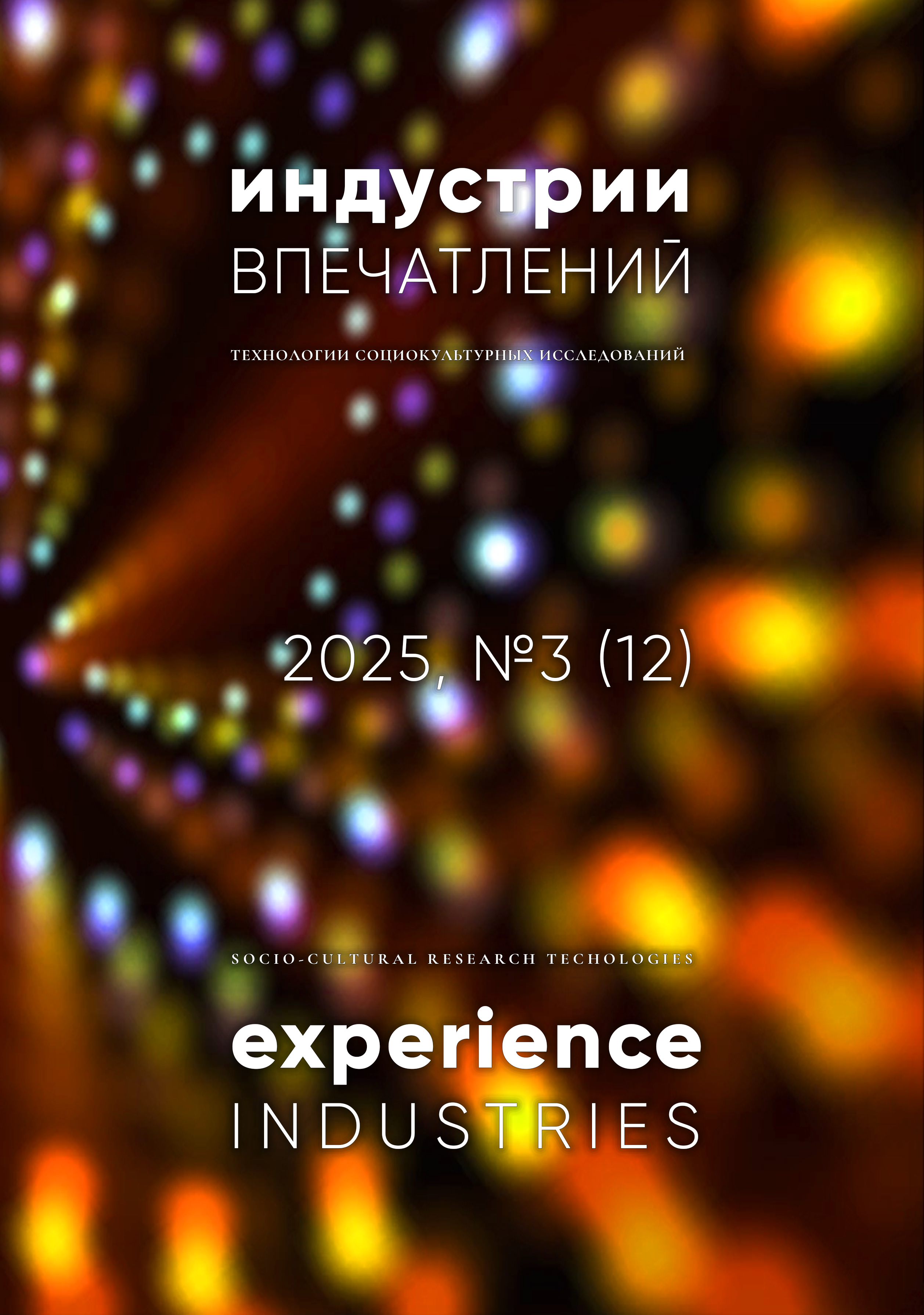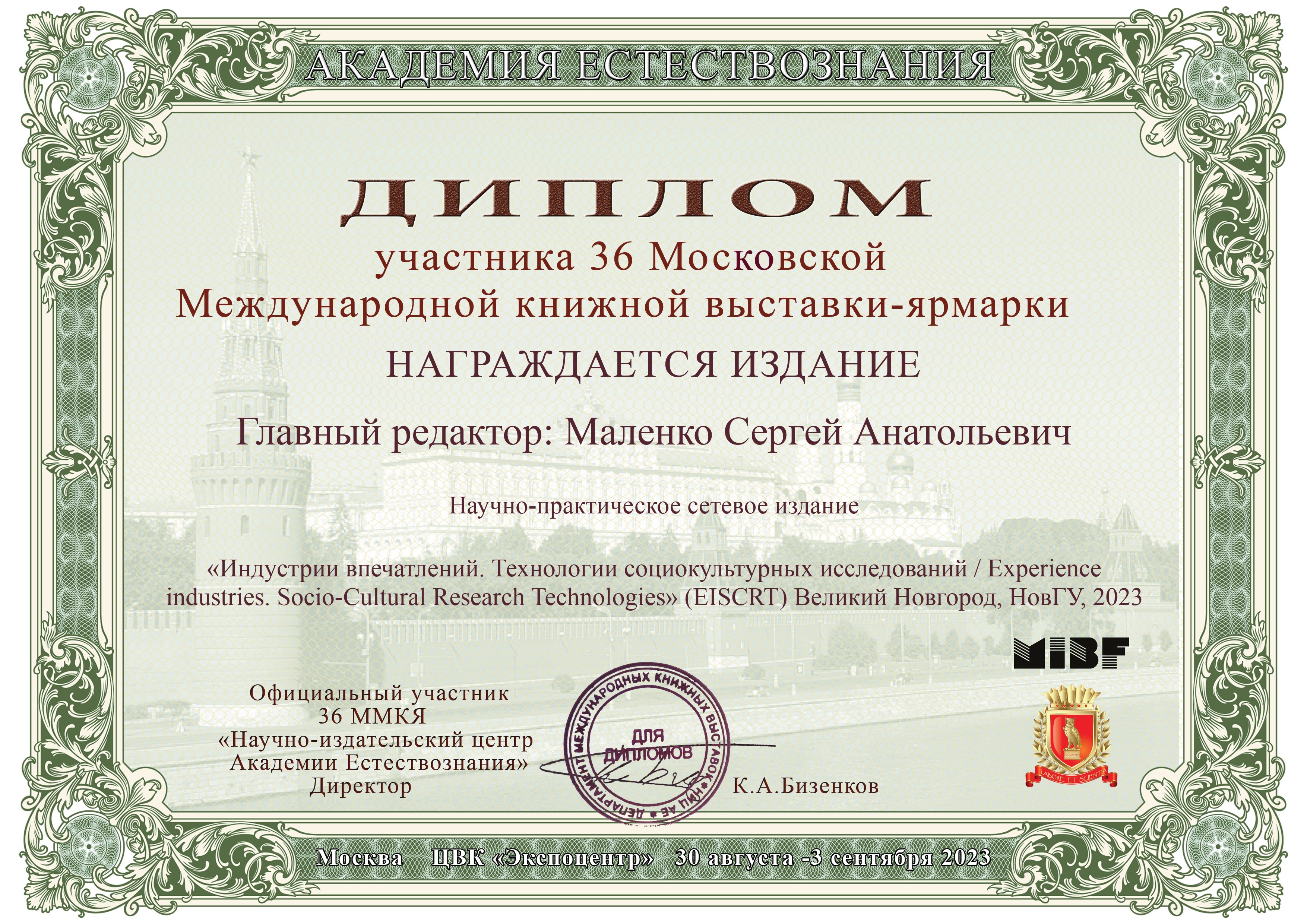BETWEEN LIFE AND DEATH: PHILOSOPHICAL NARRATIVES OF MODERN ANIMATION
DOI:
https://doi.org/10.34680/EISCRT-2025-3(12)-137-169Keywords:
popular culture, contemporary culture, Japanese anime, philosophy, existential themes, visual arts, cultural industries, narrativeAbstract
Asian cultures have been spreading around the world for a long time and very successfully, and interest in them does not subside at all. This article is devoted to the consideration of a very popular and relevant direction of modern visual art - anime films and series. Special artistic technique, a large number of studios in Japan, reliance on traditional art, as well as actively developing audiovisual technologies allow authors to create and broadcast extremely expressive game and semantic dynamics in anime format, which are often difficult to reproduce in conventional film formats. All this has allowed anime to become a mainstream trend in modern cultural industries. At the same time, anime creators can afford to touch on serious topics, creating works about complex, acute and truly “eternal” socio-cultural problems. By immersing characters in the context of their story, be it adventure, drama, fantasy or science fiction, the authors show the mass viewer their special vision of the pressing problems of our time, as a result of which their creations become incredibly popular works. Using the example of the anime “Frieren’s Last Journey”, “Attack on Titan”, “Code Geass” and several others, the authors suggest considering what ideas resonate with the modern, mainly young, viewer, as well as what impressive visual techniques are used to achieve the effect of immersion in history.








